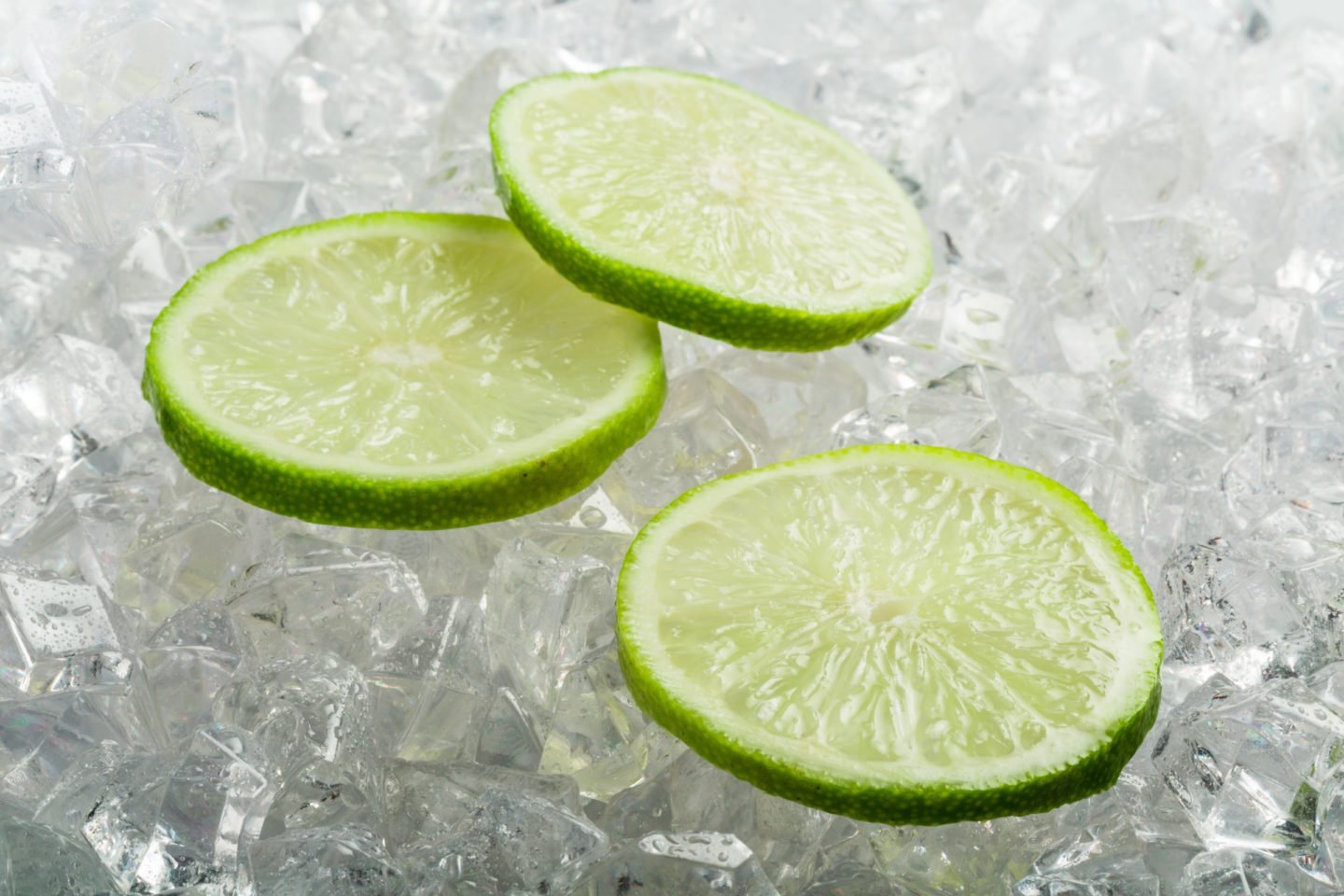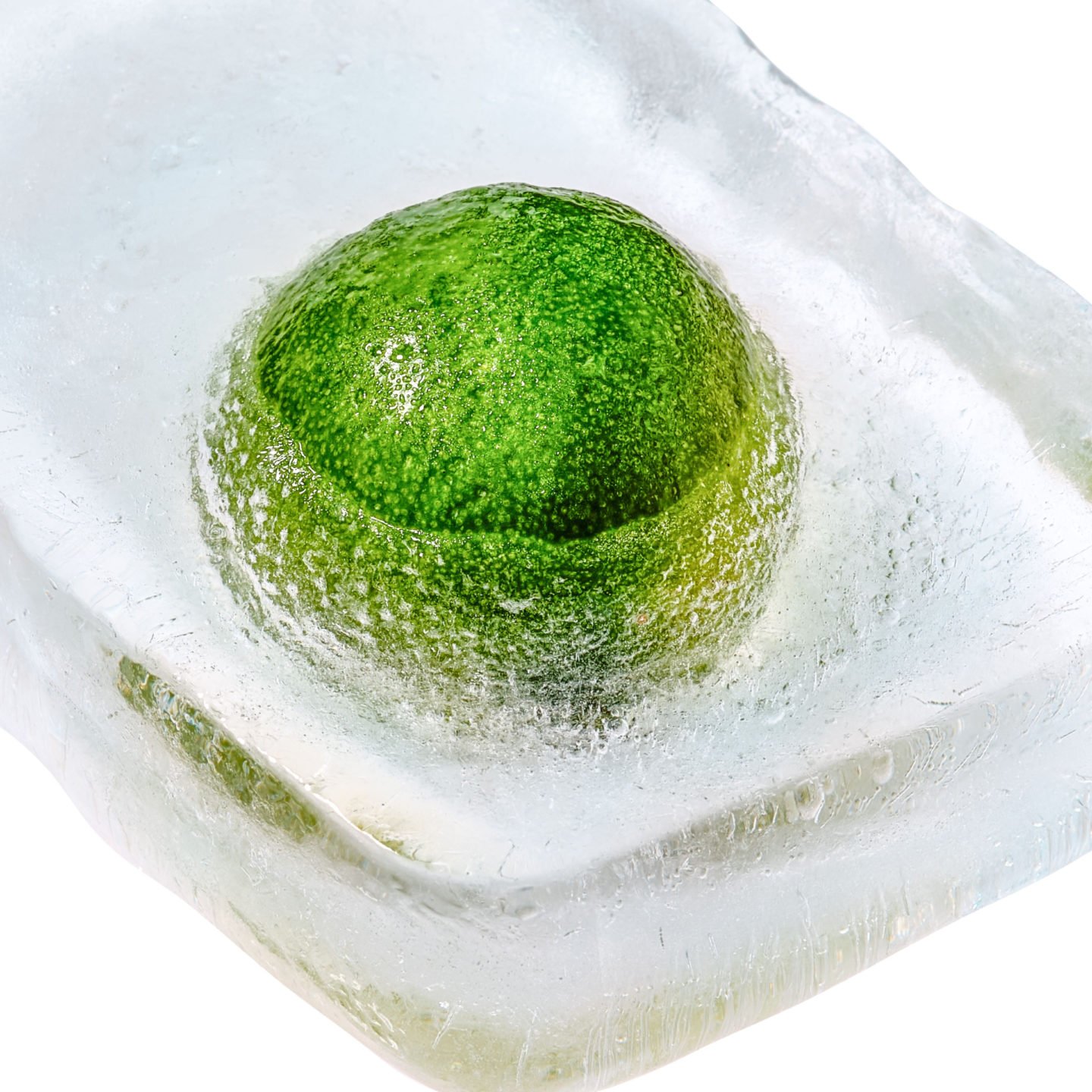Limes are always great to have on hand, whether you’re making Mexican, Thai, or a refreshing beverage. But if you’re worried yours won’t last until you need them, it may be worth trying to free them. But can you freeze limes?

Limes can definitely be frozen, and in fact, there is more than one way to do so. Depending on what you plan on using it for, you can try any of the methods outlined below.
Table of Contents
The Pros and Cons of Freezing Limes
While limes are able to be frozen, there are a few factors you should take into consideration before freezing yours. The first has to do with the thawing process. Limes get soft after they’ve been thawed, which means you may want to avoid it if you want the lime’s fresh texture.
The other factor to keep in mind is that frozen limes lose more of their flavor the longer they’ve been frozen. This goes for most fresh produce, though you probably won’t notice it in most dishes.
On the plus side, the freezing process allows you to store your limes for months, even up to half a year. Take a look at the different methods outlined below to learn more.
Freezing Whole Limes

Freezing whole limes can be a good choice if you’re short on time now and don’t mind spending a bit extra later to thaw them. Whole frozen limes can be used however you like, which makes this the most versatile method of long-term storage.
1. Package
A freezer bag is probably the easiest way to package frozen limes, though you can also use cling wrap or Tupperware. Make sure you form an airtight seal and remove as much air from the container as possible. Once it’s packaged, find an out-of-the-way place in your freezer to stash them.
2. Freeze
Whole limes can be frozen for up to six months in the freezer. Keep in mind that the longer you freeze them, the more their flavor and texture will change. If you were only thinking of freezing them for a week, it might be better to just refrigerate them.
3. Thaw
Defrosting a lime is as simple as pulling it out of the freezer and putting it into the fridge overnight. Whole limes take about six hours to defrost completely using this method, so be sure to plan ahead. If you need to thaw them faster, you can do so by submerging them in cold water. This will cut down the time to about two hours.
Also, if you’re planning on zesting a lime, do so before thawing. This will ensure the skin is still hard, which is better for grating.
Freezing Lime Wedges

The advantage of freezing lime wedges rather than whole limes is that it allows you to take smaller portions at a time and use them more quickly and easily. Just keep in mind that they don’t last quite as long, closer to 3 months at most.
1. Prep Your Wedges
Start by cutting your limes into even wedges or slices. Depending on what you plan on using them for, you can cut them into fourths, sixths, or eighths. Generally, smaller wedges will be easier to defrost and use quickly.
2. Pre-freeze
Next, arrange your lime wedges on a cookie sheet lined with parchment paper or a silicone mat. Make sure they’re not touching, and leave them in your freezer for 2 to 3 hours. This will ensure they don’t freeze into a large clump in the next step.
3. Package and Freeze
Once all your wedges are solid, transfer them to a freezer bag. Make sure to squeeze the excess air out of the bag and seal it tightly. It’s also a good idea to label the date so you know how fresh they are.
4. Thawing
You can thaw lime wedges in much the same way as whole limes, either by leaving them in the fridge or soaking them in cold water. The difference is that wedges thaw much faster, between 2 and 4 hours in the fridge.
Freezing Lime Juice

Juicing your limes before freezing is the ideal choice if you don’t need the fruit or zest. Storing them this way saves space and allows you to store the juice for up to six months. Just don’t forget that it will lose some of its fresh flavor once frozen.
1. Juice the Lime
An average lime will only get you about two tablespoons of juice, so this method is best saved for times when you have at least a dozen or so. To make the juicing process easier, press the uncut fruit against your counter with the butt of your palm. This will make them easier to squeeze.
2. Package
When your limes are thoroughly juiced, choose an appropriate package for them. A Tupperware container can work well, but don’t forget about your ice cube tray. Freezing juice in cubes is a good choice if you want to thaw a little at a time or plop them in your drink.
To freeze in an ice cube tray, you need to first pre-freeze the juice in the tray and then transfer it into a resealable plastic freezer bag for long-term storage.
3. Freeze
Whatever container you choose, make sure it has an airtight seal so a crust of ice doesn’t form on the surface. This can dilute your juice when it thaws. Label your container with the date, so you don’t forget when it expires.
Alternatives to Freezing Lime

Freezing limes can be a good way to ensure you have them ready to go months in the future. However, don’t forget that limes and other citrus keep well without freezing. If you’ve already sliced your limes, then their shelf life will be much shorter and they should probably be used within the next day.
In fact, whole limes can be kept for up to a month in the refrigerator. This can save time and preserve the fresh flavor of the fruit, which the freezing process will tend to dull.

Leave a Reply